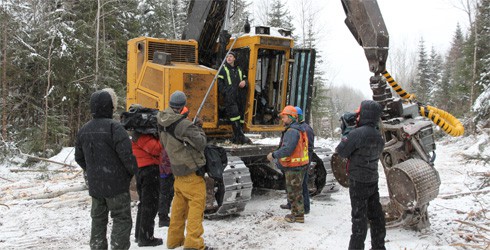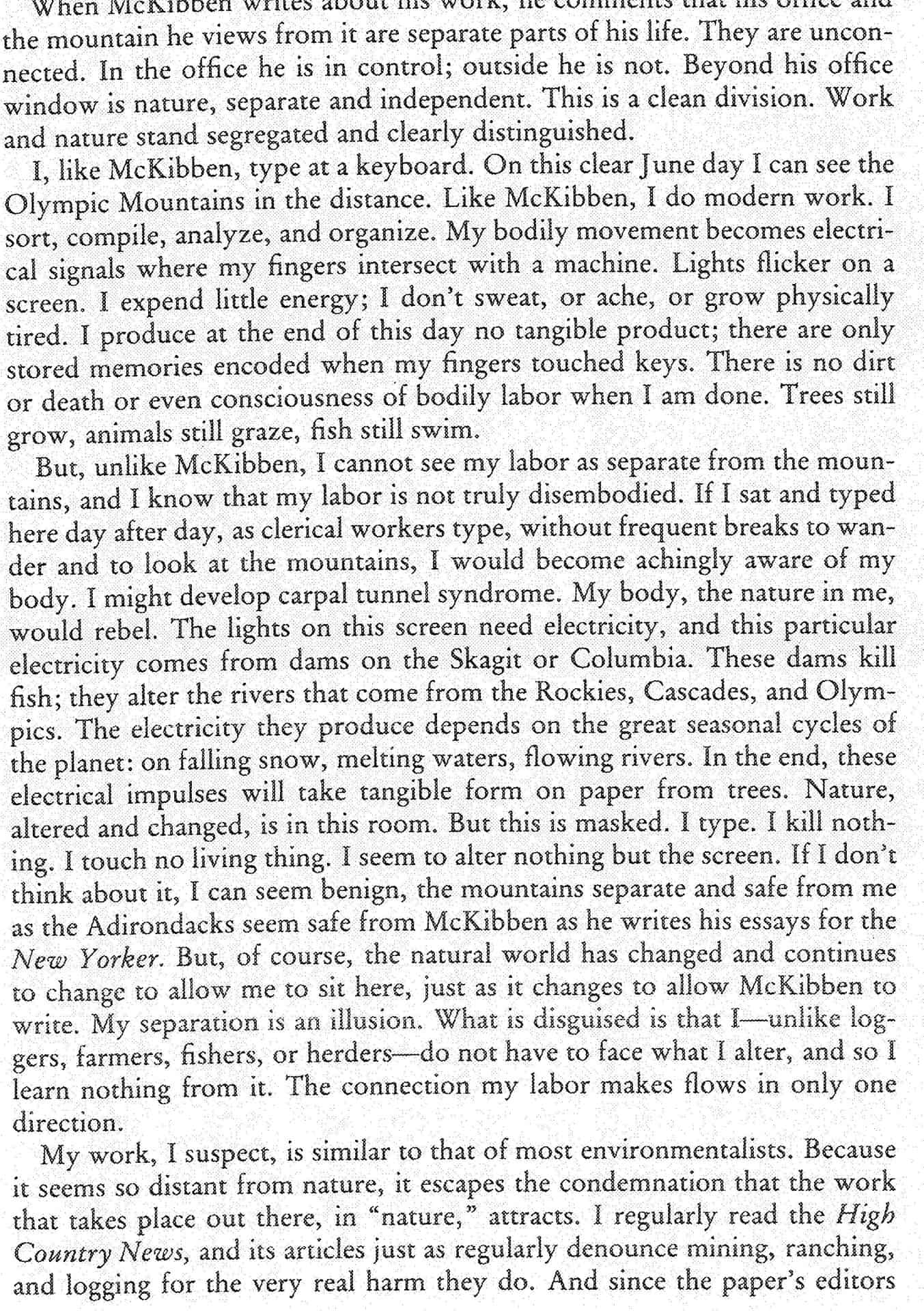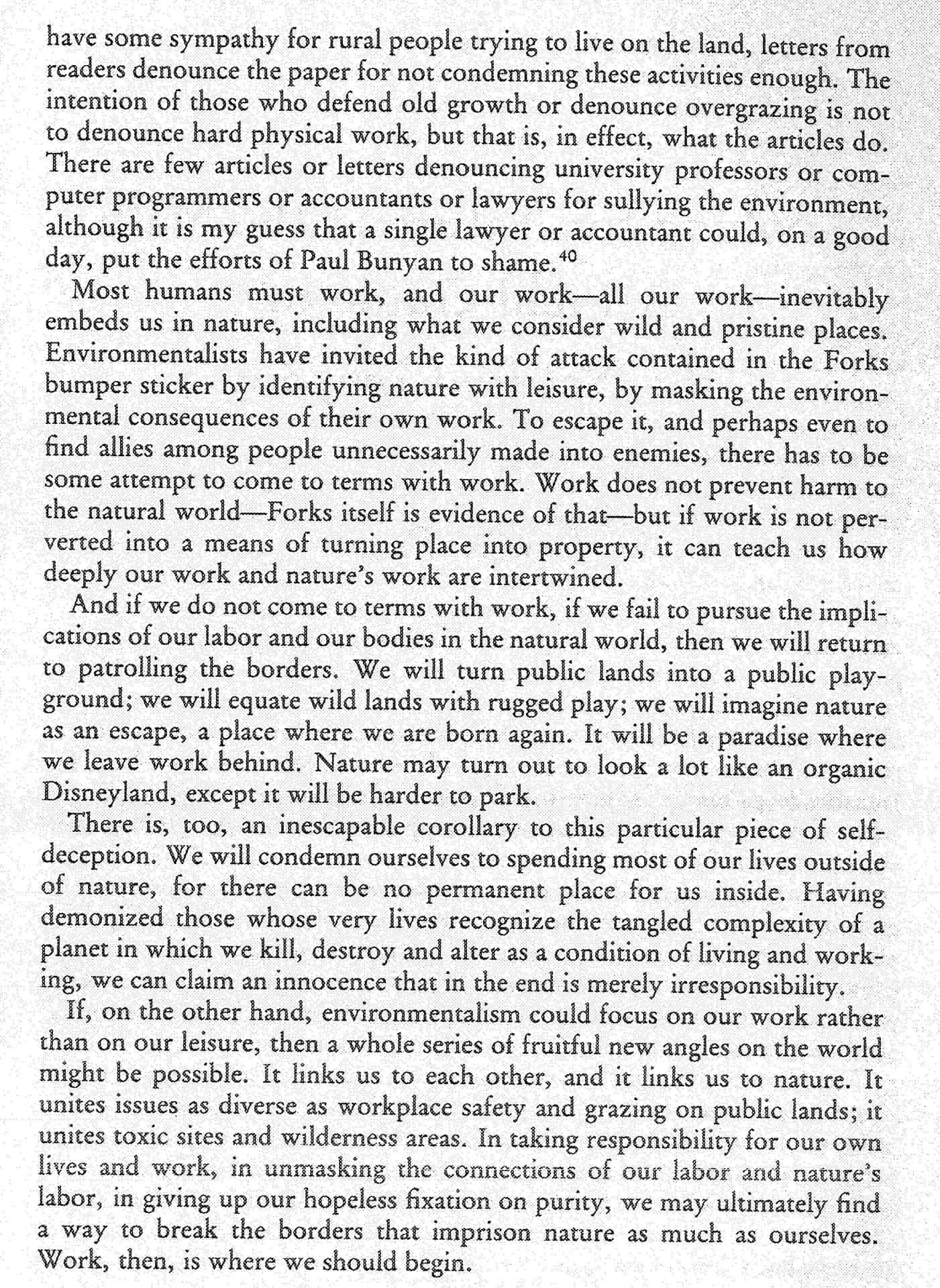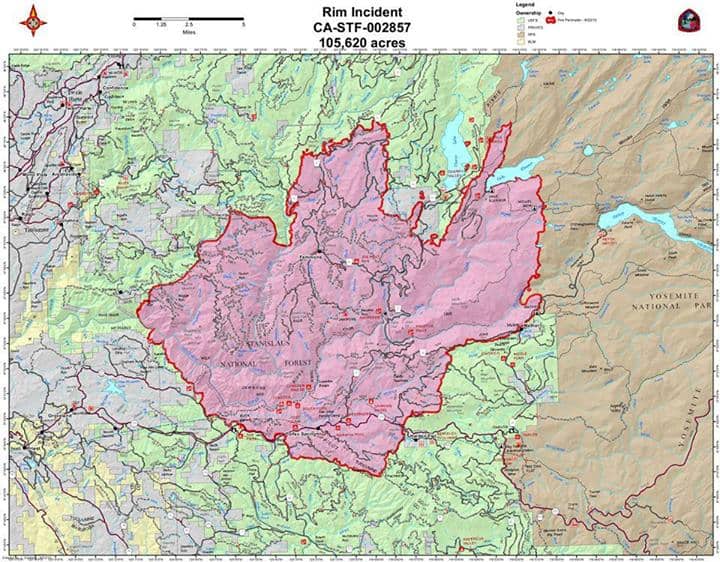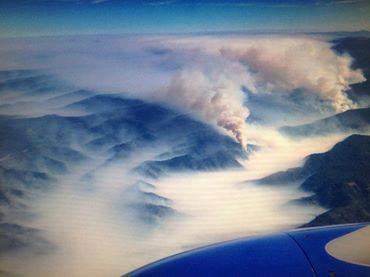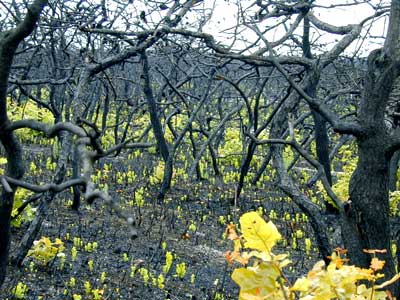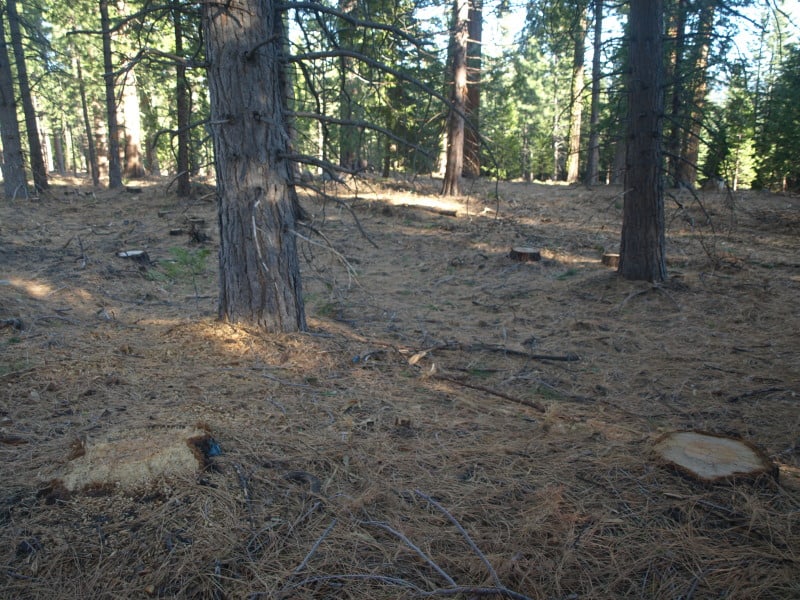
If anyone had been observing me as I was reading this book, they would have been highly amused. For one thing, it was the first book I’ve ever read on my IPad. Which wouldn’t have been so difficult except Botkin had many sentences I wanted to highlight. Which wouldn’t have been so difficult except highlighting involved 1) tapping the sentence 2) watching the IPad scroll to the next page, 3) tapping again 4) watching the IPad scroll to the previous page, 5) tapping again and watching a screen come up with pots of paint but didn’t seem to highlight, 6) tapping and tapping more earnestly when nothing happened, and so on. Occasionally, I would be surprised by some observation (along the lines of “The Emperor Has No Clothes and Here’s Why”) and I would mutter “OMG!” But the stories were so compelling I couldn’t stop reading to go look up “how to highlight.”
If you asked me why I like this book, I would say “all of us in the forest world are struggling to understand each other. We honestly try, but there’s something deeper that we just can’t get at.” For me, it’s like someone smarter and more articulate describes our world. The net result being that I can see it more clearly. Botkin has begun to explore the terrain of “something deeper”. He’s got a thesis; that a balanced and preferable past lies in our psyche (the Garden of Eden). But that doesn’t completely explain his observation (this was an OMG for me):
“If you ask ecologists whether nature is always constant, they will always say “No, of course not.” But if you ask them to write down a policy for biological conservation or any other kind of environmental management, they will almost always write down a steady-state solution.”
It’s so..obvious… once he pointed it out. Enter “ecosystem integrity” and NRV from the Planning Rule Directives. But why do scientists exhibit this dualistic behavior? Of course, rewriting all those statutes, regulations, and directives would be a lot of work; not for scientists, though. But, in my view, acknowledging the facts might dethrone some scientists from the comfortable position they have, telling the world what to do and how to be. Right now they get to do this without the mess of elections, and the hassle of going to seminary. Human nature is such that if you’re at the top of the heap, even if the foundation is cracked, you don’t want to move to a more secure foundation.
Botkin says that a common question he gets asked is “if you say one kind of change is okay, doesn’t that mean every kind of change is okay, like killing off endangered species (or whatever interests the questioner).” But even that questioner in his audience mixes “observed change” with “bad”.
I will tell one story about taking this to extremes. I once reviewed a paper about a shelterwood and changes in gene frequencies in the seedlings compared to the parents. The conclusion was, since the gene frequencies changed between the parents and the offspring, that shelterwoods were having a negative effect on the genetics. Well, the new gene frequencies could be better for this climate. They could have been a random fluctuation.. perhaps the wind was blowing from a different direction during pollination seasons. The terminal inability to distinguish what is from what should be, empirical from normative, is really scary. Insofar as philosophies can be scary. Because humans do things in the environment, and if every change is labeled bad, then humans are bad. But we know that our intrinsic goodness or badness is the realm of the philosopher, the psychologist and ultimately, the theologian. How did we get from scientific curiosity .. the conversation with nature, where scientists ask and nature answers, to an alchemy of despair? A more in-your-face version of this book might have been titled: The Alchemy of Despair: How Science Became Theology and What We Can Do to Get Science Back.
When I read the book on my IPad, it was an easy read; by showing only 2-3 paragraphs at a time, it seemed to increase the folksiness and storytelling feel of the book. Maybe the sepia background helped also. And make no mistake, Botkin is a great storyteller. And he is gentle in making his points; nonetheless, his points are very clear.
People on this blog will probably enjoy the interplay between his observations of nature and current scientific concepts. If you’ve ever wondered why the minimum population size is thought to be 30, and yet the black-footed ferret (or Best Ferret Forever) has recovered from a population of 18- this book’s for you.
Because there is so much content in this book, I’m going to suggest we have a Virtual Book Club. To give you all time to order it and read it, Book Club will start around August 12th. Then we’ll start a series of posts where we can each tell our stories, relevant to Botkin’s points or stories, and go on to hopefully have a discussion of other points of view. I encourage others to post about parts of the book that do or don’t resonate with them, and we can discuss that. Please send these posts to terraveritasatgmaildotcom.
I think what Botkin writes about is extremely important, both for environmental and forest policy, but also for people’s psychological well-being- humans are ultimately beloved children of Gaia, or sinners who have sinned against Gaia and deserve to be punished. Those of you involved in formal spiritual traditions.. does this sound familiar? And a dichotomy older, than, say Methusaleh?
Here’s a link to the book.

